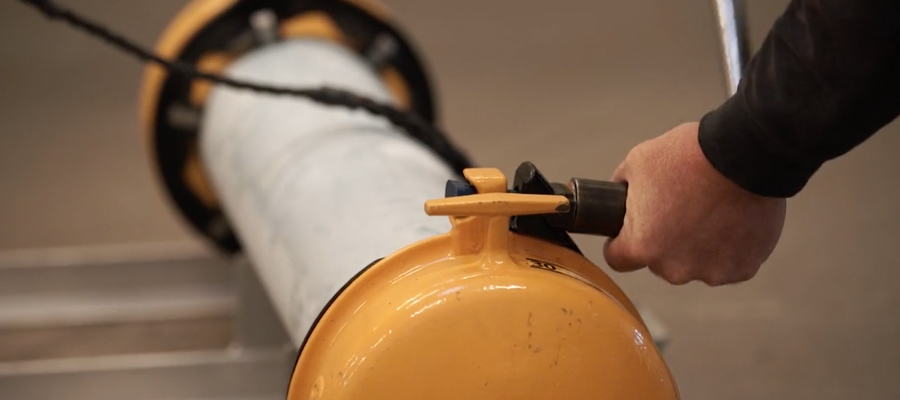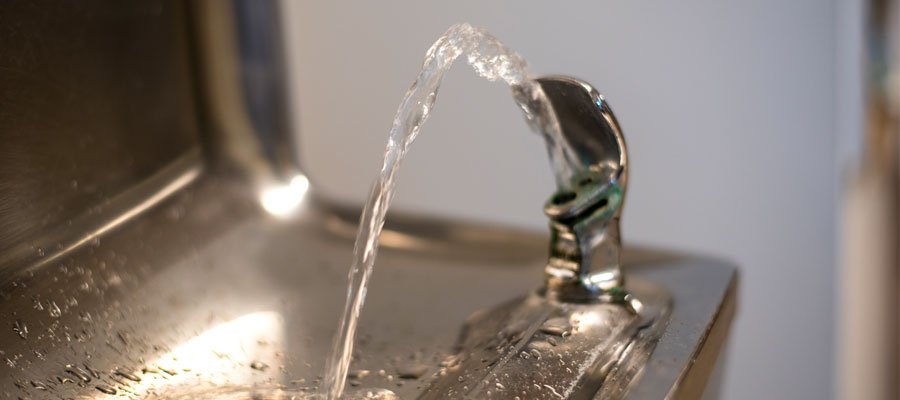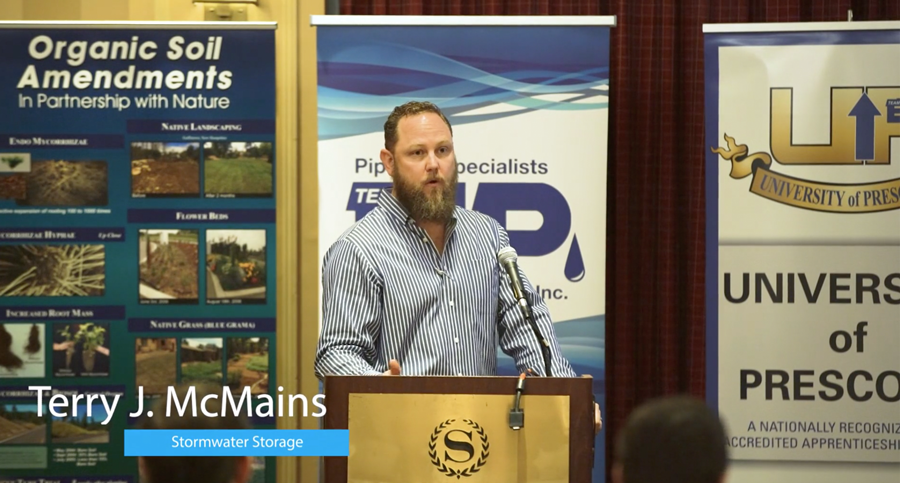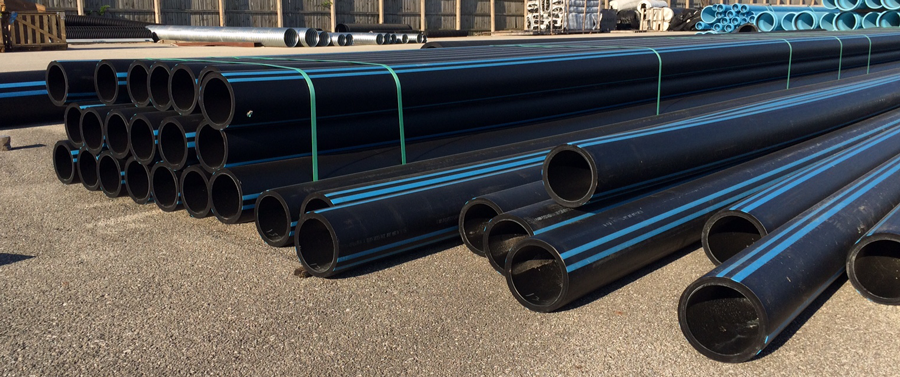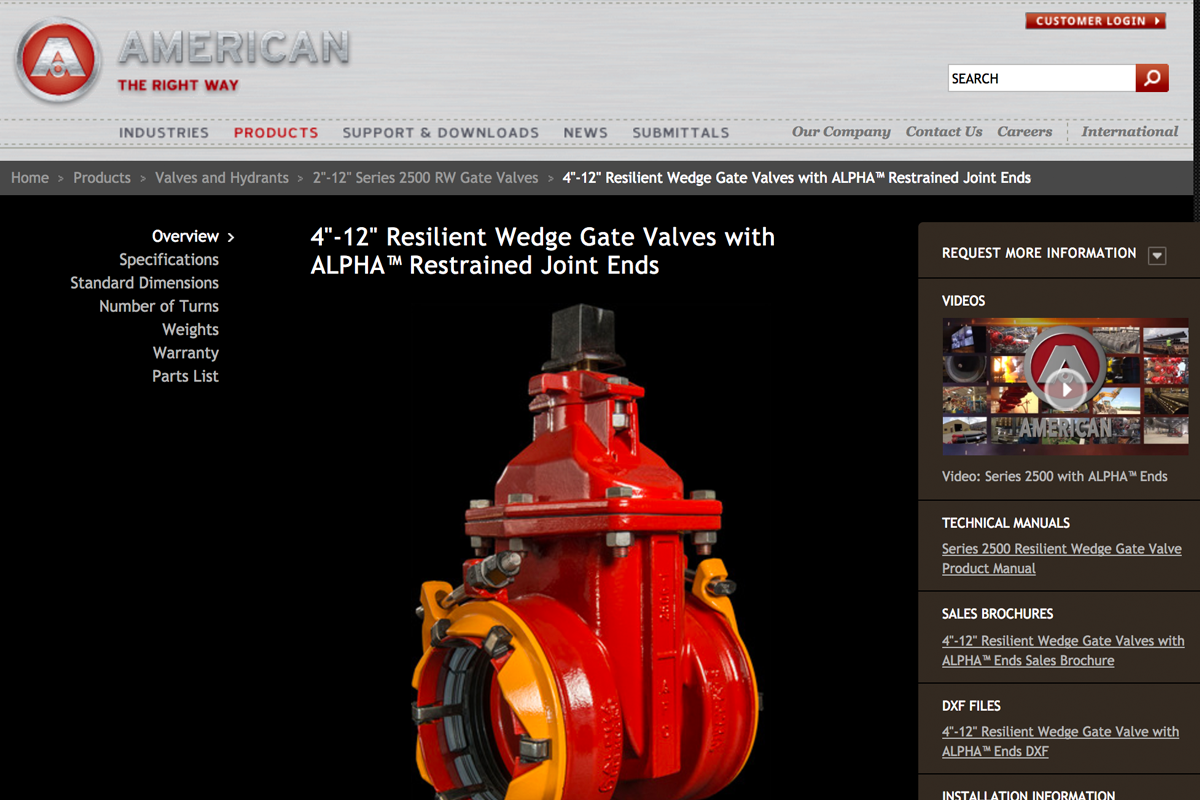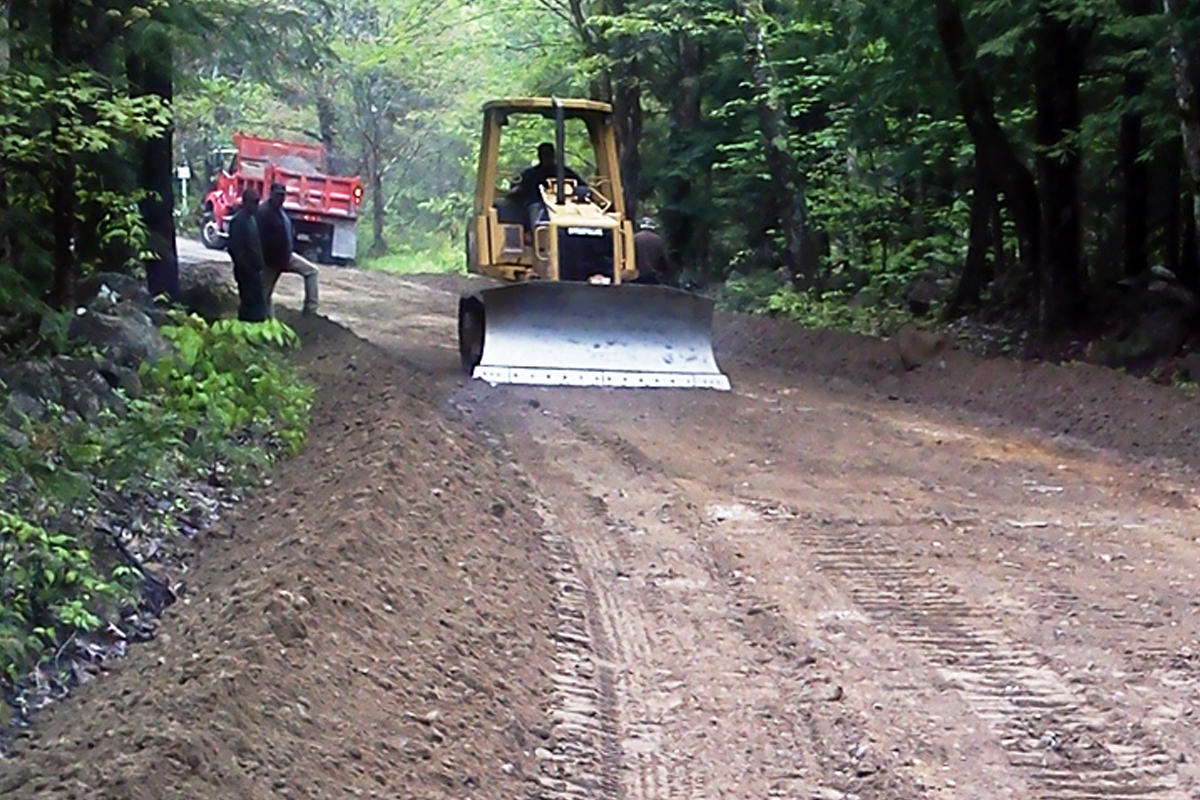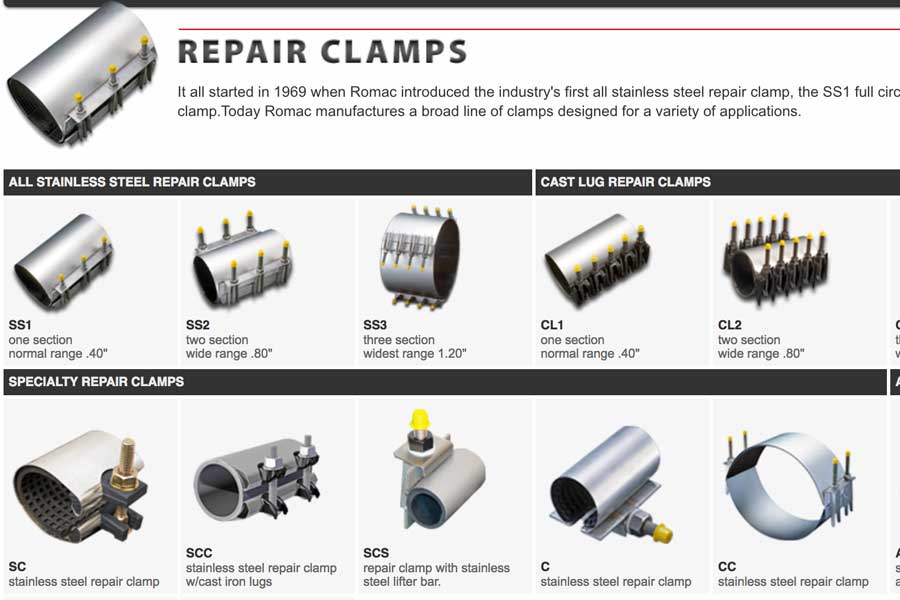When you're running new water lines, nothing can seem as time consuming as trying to get a successful pressure test. The cap takes forever to get into place, and then quite often pops loose before you've had a chance to get the entire line up to the pressure needed to test for leaks or weak points. Fortunately, the developers at Alpha are always creating better products for the water utility industry, and their restrained end cap can help make your pressure testing process easier and faster with superior results. Here's how:
In upstate New York, the town my husband grew up in had water lines passing under a nearby river. The old pipes had developed leaks over the years, and as the river would reach an algae bloom stage each summer, the river water that leaked into the pipes made the water taste horrible. It was so bad, you could taste it through the syrup in fountain drinks or in the ice used to cool the bottled water that was sold in restaurants. Though this situation wasn't of the level of the recent Flint lead crisis, there's no doubt that the local water utility received many a complaint about the situation. One solution that would have worked well in both situations? Heat fused HDPE.
When you need to educate yourself or your water utility crew, it can seem as though there are few real resources available that work with your schedule and timeframe. Fortunately, continued improvements in technology are providing new opportunities in the form of webinars. An online seminar, these options provide you with greater flexibility for increasing your waterworks knowledge. Here's some information about what's available and what Team EJP has upcoming to meet your educational needs.
When your water utility uses HDPE pipe for its lines, you're using a durable, high-quality material. Providing superior resistance to chemicals and corrosion, high-density polyethylene piping gives your waterworks an extended service life with leak-free connections, courtesy of the fusion joint systems that are inherent to this system of piping. However, many water utilities are reluctant to invest in this top performing material, mainly because of issues that can arise in the fusion process. Team EJP has the solutions you need to put this high-quality material into use for your water utility.
We've all had valve installation jobs we'd rather just forget about. They seem to take forever, have a ton of bolts to secure, require serious blocking to reach those awkward bolts at the bottom and often require a minimum of two people to get them in place and installed properly. This takes a lot of time that you don't always have! Team EJP understands your frustrations. Fortunately, there's a much easier option available from one of our partners. Learn more about the Alpha valve below.
Over the last 20 years’ technological advances in soil and erosion control have been developed at a break neck pace. What was once accomplished with one of two solutions, hay bales or rip rap, has now turned into a broad landscape of specialized products that are geared toward protecting and preserving the environment while being cost effective. One area that has seen major upgrades over the last few years are erosion control blankets and knowing which ones to use for what applications can be confusing. Below are some rules to help you decide which type will work best for your site needs.
Although mother nature seems unwilling to let winter pass quietly into that good night, we all know the next season is just around the corner. Mud Season! Oh, you thought it was spring? Those of us who live in New England know that there is that 5th season just waiting to make a mess from our driveways to our back roads. Mud season is an insult to injury sort of situation that follows the enjoyable appearance of frost heaves that crop up just before its arrival.
When you're facing an emergency situation, having the right tools and materials on hand to make repairs are vital to how well the situation turns out. But which ones will help you get the job done? Most utilities know the go to item in most cases is a repair clamp. Repair clamps are all about handling the un-expected quickly and with minimal interruption in service. Maintaining an inventory of repair clamps to accommodate the pipe sizes and types in your system is the best way to make sure you and your team are ready the next time a leak turns up.
If you haven't had a chance to sign up for our next series of Know H2Ow seminars, being offered in Burlington, Vermont on March 7, Latham, New York on March 8 or Warwick, Rhode Island on March 9, you could be missing out on an amazing opportunity. Why? We've got some amazing speakers lined up to help you expand your knowledge and improve your stormwater management practices. Here's a quick look at some of our Track 2 speakers.
When winter's wind bites at your skin, do you know how to tell whether it's doing damage to your skin in the process? Frostbite is a temperature-related injury to the skin that happens during deep cold, high winds or a combination of the two. But how do you recognize the warning signs of frostbite and what do you do when one of your workers has it? Here are some basic tips to help.
